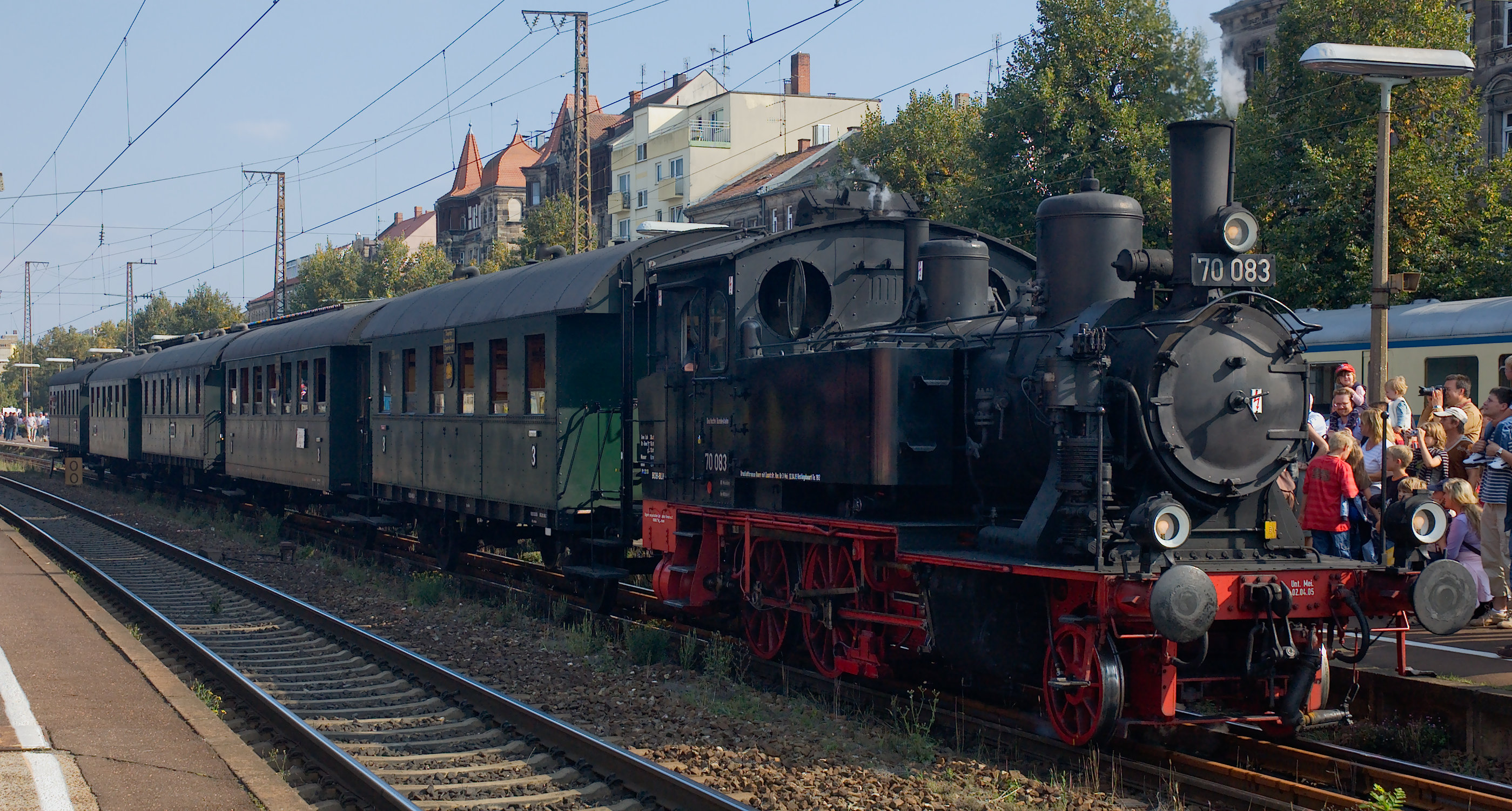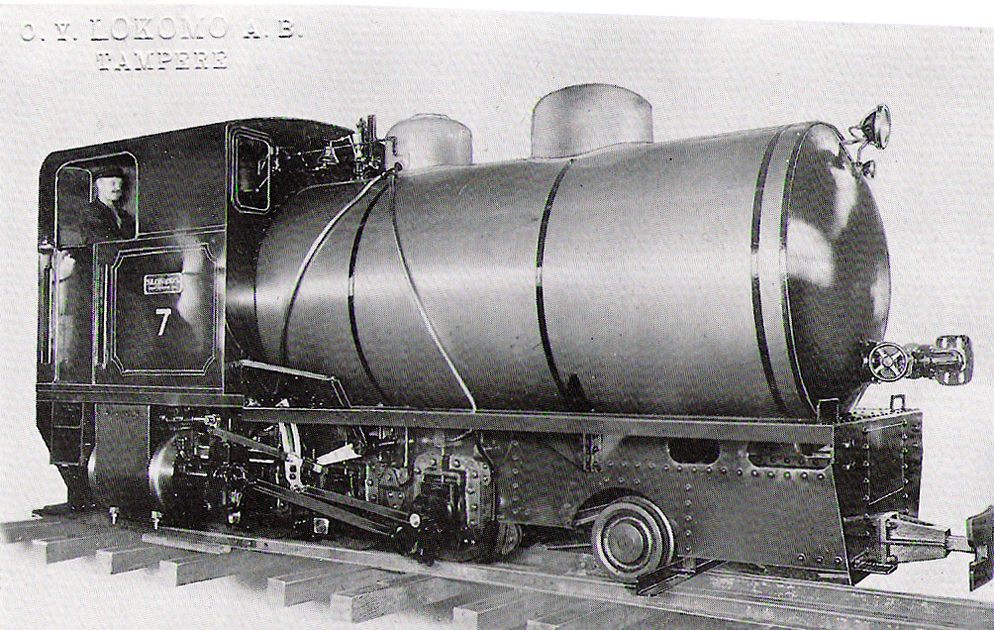|
Bavarian Localbahn Society
The Bavarian Localbahn Society (''Bayerischer Localbahnverein e.V.'' or BLV), with its headquarters in Tegernsee, is a society that is concerned with the history of the railways in Bavaria. ''Localbahn'' (sometimes ''Lokalbahn''; literally: 'local line') means 'branch line' and is mainly used in southern Germany and Austria in lieu of the usual term ''Nebenbahn''. The BLV's objectives are the operation of historic trains and the collection of historically valuable railway items from Bavaria. Operations The society runs the ''Localbahn Museum'' in Bayerisch Eisenstein and a locomotive shed in Landshut. It also operates the museum railway Tegernsee-Schaftlach-Holzkirchen Localbahn Museum The BLV dedicated its museum to the once common branch lines of the railway - called ''Vicinalbahnen'', ''Sekundärbahnen'' or ''Localbahnen'' - which connected most of Bavaria in the 19th century. Many of them have now fallen prey to the structural changes or have been changed to suburban train ... [...More Info...] [...Related Items...] OR: [Wikipedia] [Google] [Baidu] |
Bavarian Localbahn Museum Bayerisch Eisenstein 0118
Bavarian is the adjective form of the German state of Bavaria, and refers to people of ancestry from Bavaria. Bavarian may also refer to: * Bavarii, a Germanic tribe * Bavarians, a nation and ethnographic group of Germans * Bavarian, Iran, a village in Fars Province * Bavarian language Bavarian (german: Bairisch , Bavarian: ''Boarisch'') or alternately Austro-Bavarian, is a West Germanic language, part of the Upper German family, together with Alemannic and East Franconian. Bavarian is spoken by approximately 12 million peop ..., a West Germanic language See also * * Bavaria (other) {{disambiguation Language and nationality disambiguation pages ... [...More Info...] [...Related Items...] OR: [Wikipedia] [Google] [Baidu] |
German Railway History Company
The German Railway History Company (''Deutsche Gesellschaft für Eisenbahngeschichte'') or DGEG is a society concerned with the history of the railways. The objectives of the society are: * to generate and maintain interest and understanding for the history of the railways within the framework of overall history, * to foster scientific studies in this area, * to preserve and maintain important cultural and technological monuments. History The society was founded on 22 April 1967 in Karlsruhe and was entered on the official register of clubs and societies there. Members of the society were able to gradually restore the Bochum-Dahlhausen locomotive shed and its surroundings to their former condition after their closure by the Deutsche Bundesbahn on 1 August 1969. Because the arrival of railway vehicles was imminent in 1972 and Dahlhausen was still not totally ready, the locomotive shed next to the workshop building of the old Neustadt/Haardt locomotive shed was rented. In 1981 the ... [...More Info...] [...Related Items...] OR: [Wikipedia] [Google] [Baidu] |
Klöckner-Humboldt-Deutz
KHD Humboldt Wedag is an engineering company that supplies machinery, parts, and services, including process engineering and project management to the global cement industry. The holding company KHD Humboldt Wedag International AG, based in Cologne, Germany employs more than 750 employees worldwide, including customer service centers in the Americas, India, Russia, and the Asia-Pacific region. KHD Humboldt Wedag International AG is listed on the Frankfurt Stock Exchange. History In 1856, Hermann Sievers, Wimmar Breuer and Martin Neuerburg formed a general partnership, under the name of Maschinenfabrik von Sievers & Co Humboldt Wedag AG, formed in 1859 was formerly the industrial plant arm of Deutz AG. In 1871, the company changed its name to Maschinenbau Anstalt Humboldt in honor of the famous German Scientist Alexander von Humboldt. In December 1924, under the direction of Peter Klöckner, the company entered into a cooperative agreement with Motorenfabrik Deutz AG which ... [...More Info...] [...Related Items...] OR: [Wikipedia] [Google] [Baidu] |
Orenstein & Koppel
Orenstein & Koppel (normally abbreviated to "O&K") was a major Germany, German engineering company specialising in railway vehicles, escalators, and heavy equipment. It was founded on April 1, 1876 in Berlin by Benno Orenstein and Arthur Koppel. Originally a general engineering company, O&K soon started to specialise in the manufacture of railway vehicles. The company also manufactured heavy equipment and escalators. O&K pulled out of the railway business in 1981. Its escalator-manufacturing division was spun off to the company's majority shareholder at the time, Krupp, Friedrich Krupp AG Hoesch-Krupp, in 1996, leaving the company to focus primarily on construction machines. The construction-equipment business was sold to New Holland Construction, at the time part of the Fiat Group, in 1999. Founding and railway work The Orenstein & Koppel Company was a mechanical engineering, mechanical-engineering firm that first entered the railway-construction field, building locomotives a ... [...More Info...] [...Related Items...] OR: [Wikipedia] [Google] [Baidu] |
Fireless Locomotive
A fireless locomotive is a type of locomotive which uses reciprocating engines powered from a reservoir of compressed air or steam, which is filled at intervals from an external source. They offer advantages over conventional steam locomotives of lower cost per unit, cleanliness, and decreased risk from fire or boiler explosion; these are counterbalanced by the need for a source to refill the locomotive, and by the limited range afforded by the reservoir. They were desirable in situations where smoke from a firebox would be too noxious, or where there was risk of fire or explosion. Typical usage was in a mine, or a food or chemical factory. They were also used where a source of air or steam was readily available, and for moving loads within limited areas, such as a switch yard or within an industrial factory. They were eventually replaced for most uses by diesel and battery electric locomotives fitted with protective appliances; these are described as flame-proof locomotives. T ... [...More Info...] [...Related Items...] OR: [Wikipedia] [Google] [Baidu] |
Krauss-Maffei
KraussMaffei is a German manufacturer of injection molding machines, machines for plastics extrusion technology, and reaction process machinery. It was acquired by ChemChina in 2016. History Locomotives KraussMaffei was formed in 1931 from a merger of the two Munich firms of Maffei (founded 1838) and Krauss & Co. (founded 1860). Both belonged to the leading German makers of locomotives of various types. Maffei also built other steam-operated vehicles and, later, manufactured vehicles with combustion engines, including locomotives, trolleybuses and buses until the 1950s. The headquarters of the firm remained in Munich. In the 1960s, KraussMaffei built several examples of the ML 4000 C′C′ diesel-hydraulic locomotive for demonstration and testing on American railroads. Southern Pacific and Denver & Rio Grande Western Railroad participated in the tests, but both found the locomotives unsuitable for service in the rugged Rocky Mountains through which the two railroads ran. I ... [...More Info...] [...Related Items...] OR: [Wikipedia] [Google] [Baidu] |
Joseph Anton Von Maffei
Joseph Anton von Maffei (4 September 1790 – 1 September 1870) was a German industrialist. Together with Joseph von Baader (1763–1835) and Theodor Freiherr von Cramer-Klett (1817–1884), Maffei was one of the three most important railway pioneers in Bavaria. Early life Joseph Anton Maffei was born in Munich, the son of an Italian tradesman from Verona. The Palazzo Maffei still stands today on the Piazza delle Erbe. His father came to Munich in order to run a tobacco wholesale business, that Joseph Anton Maffei continued. In 1835 Maffei was one of the founding shareholders of the Bavarian Mortgage and Discount Bank (''Bayerische Hypotheken- und Wechselbank''). Railway pioneer In 1836 Maffei founded the locomotive firm of J. A. Maffei in the English Garden in Munich. His desire was to make Bavaria competitive in the field of industrial engines. From small beginnings, a locomotive factory of world renown arose. Maffei, amongst others, also championed the construction of the ... [...More Info...] [...Related Items...] OR: [Wikipedia] [Google] [Baidu] |
Deutsche Reichsbahn (East Germany)
The Deutsche Reichsbahn or DR ''(German Reich Railways)'' was the operating name of state owned railways in the German Democratic Republic (East Germany), and after German reunification until 1 January 1994. In 1949, occupied Germany's railways were returned to German control after four years of Allied control following World War II. Those in the Soviet occupation zone (which became the German Democratic Republic or GDR on 7 October 1949) continued to run as the Deutsche Reichsbahn, the name given to the German national railways in 1937. In West Germany, the Reichsbahn was succeeded by the Deutsche Bundesbahn (DB). Both the Reichsbahn and the Bundesbahn continued as separate entities until 1994, when they merged to form the Deutsche Bahn. Organisation The DR was the largest employer in the GDR and as a state-owned firm was directly subordinated to the GDR Ministry of Transport ''(Ministerium für Verkehr der DDR)''. From November 1954 until November 1989, the GDR Minister o ... [...More Info...] [...Related Items...] OR: [Wikipedia] [Google] [Baidu] |
Royal Bavarian State Railways
The Royal Bavarian State Railways (''Königliche Bayerische Staats-Eisenbahnen'' or ''K.Bay.Sts.B.'') was the state railway company for the Kingdom of Bavaria. It was founded in 1844. The organisation grew into the second largest of the German state railways (after that of the Prussian state railways) with a railway network of 8,526 kilometres (including the Palatinate Railway or ''Pfalzbahn'') by the end of the First World War. Following the abdication of the Bavarian monarchy at the end of the First World War, the 'Royal' title was dropped and on 24 April 1920 the Bavarian State Railway (''Bayerische Staatseisenbahn''), as it was now called, was merged into the newly formed German Reich Railways Authority or Deutsche Reichseisenbahnen as the Bavarian Group Administration (''Gruppenverwaltung Bayern''). The management of the Bavarian railway network was divided into four Reichsbahn divisions: Augsburg, Munich, Nuremberg and Regensburg. The former Palatinate Railway formed the ... [...More Info...] [...Related Items...] OR: [Wikipedia] [Google] [Baidu] |
Georg Krauss
{{disambiguation ...
Georg may refer to: * ''Georg'' (film), 1997 *Georg (musical), Estonian musical * Georg (given name) * Georg (surname) * , a Kriegsmarine coastal tanker See also * George (other) George may refer to: People * George (given name) * George (surname) * George (singer), American-Canadian singer George Nozuka, known by the mononym George * George Washington, First President of the United States * George W. Bush, 43rd Preside ... [...More Info...] [...Related Items...] OR: [Wikipedia] [Google] [Baidu] |
Bavarian Pt 2/3
The two-cylinder, superheated Bavarian Pt 2/3 engine was built by Krauss for the Royal Bavarian State Railways (''Königlich Bayerische Staats-Eisenbahnen'') between 1909 and 1915. With its characteristic design - a carrying axle placed well to the front and two coupled axles at the rear under the outer firebox they asserted themselves over the rival Bavarian Pt 2/4 N and H classes and, after the demand fell for the services for which they were originally designed, they continued to be operated well into the 1960s on south German branch lines. A total of 97 examples were built in three variants that only differed slightly from one another. Up to 1937, 50 engines were equipped with a Bissel axle; (the axle arrangement changed as a result from 1B to 1'B). The constructional feature of this locomotive was the unusually large distance between driving and carrying axle of 4,000 mm or, on the final six units, of 4,050 mm. This resulted in a lighter, but economically more s ... [...More Info...] [...Related Items...] OR: [Wikipedia] [Google] [Baidu] |

.jpg)




